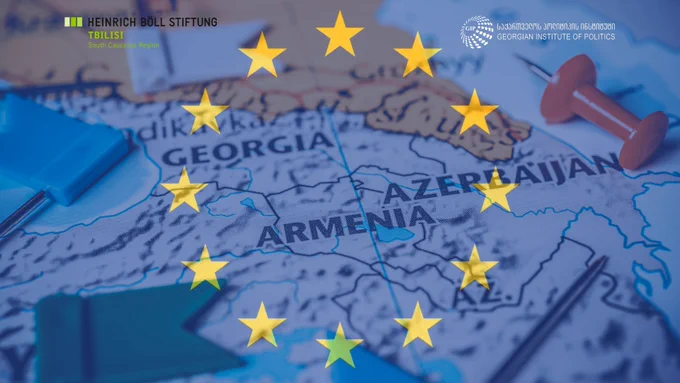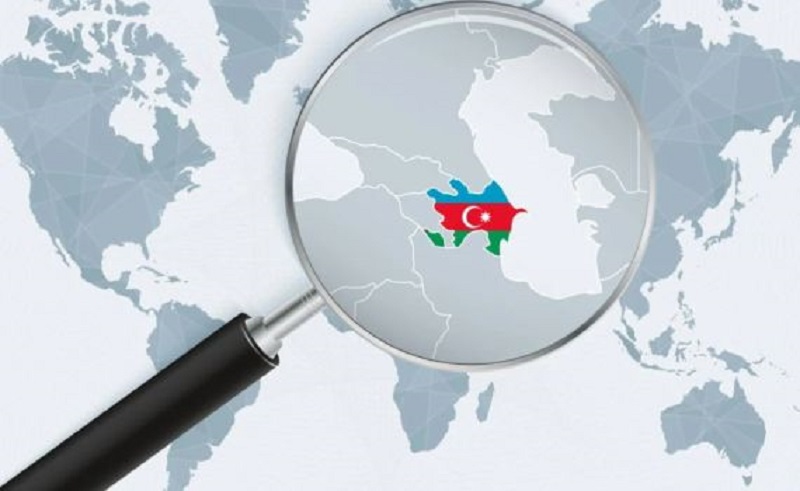
BRICS and transportation corridors
Azerbaijan has applied for membership in BRICS, while there is a significant interest in the country regarding the full-scale operation of international transportation corridors North-South and West-East that pass through its territory.
Azerbaijani political analyst Farhad Mammadov discusses the influence of BRICS on the international transportation corridors that traverse the South Caucasus.
- President of Georgia: “They want to legalize the use of force”
- Azerbaijan’s 2025 budget: is it socially oriented?
- “A state cannot attack its own territory.” What happened in Karabakh a year ago: a commentary from Baku
Azerbaijan’s interest in transportation and communication
“After Azerbaijan applied for membership in BRICS, attention to this global format has increased. This is not a traditional format of interaction; for instance, there is no permanent secretariat in this format. Discussions take place on specific topics of mutual interest. If there is no consensus among all the participants of the organization, it does not lead to a crisis; instead, subgroups of countries emerge around particular topics and projects.
One area that interests Azerbaijan is the topic of transportation and communication. Let’s take a look at this aspect within the BRICS portfolio and try to understand how this topic is reflected in BRICS activities.”
Transportation and logistics: A focus supported by China and Russia
“The topic of transportation and logistics enjoys significant support from both China and Russia. China aims to align BRICS projects in the transport and logistics sector with its own global Belt and Road Initiative. However, Beijing has not yet succeeded in fully integrating all the infrastructure projects of its global initiative with the vision of BRICS countries. Nevertheless, understanding and approval have been achieved on certain directions and projects. Meanwhile, Russia is interested in developing transport corridors along the “East-West” and “North-South” routes.
As a result, in August 2023, a permanent BRICS Transport Commission was established during the latest summit in Johannesburg.
In June 2024, the first meeting of the transport ministers of BRICS member states took place, resulting in the adoption of the BRICS Connectivity Declaration. This declaration calls for enhanced cooperation among BRICS countries in implementing joint projects and technological collaboration in the transportation sector.
Additionally, a digital platform called BRICS.Transport is being created to facilitate the exchange of best practices and innovations in this field. A Subgroup on Transport and Logistics has also been established within the BRICS Business Council, and preparations are underway to create a BRICS Transport Academy”.
Financial resources of the structure
“BRICS is creating mechanisms and tools related to transportation and logistics. Alongside this, BRICS has the New Development Bank (an alternative to the World Bank), which possesses reserves amounting to tens of billions of dollars and is working to establish its own financial system (an alternative to SWIFT). Thus, it can be assumed that the transportation and logistics sector, alongside other priorities, could be a focal point for the financial reserves of the structure, and transactions within this system could pioneer a new financial framework.
It’s important to understand that China made decisions regarding the multimodal Communication Network of the Belt and Road Initiative in October of last year, specifically supporting rail connections between China and Europe, including the Trans-Caspian Transport Corridor. The next step is to integrate these initiatives under the BRICS umbrella, which is anticipated to happen at the summit in Kazan. This will allow for the attraction of funding and enhance the level of institutional engagement among BRICS countries.
In addition to the Chinese and Russian initiatives, there is also an Indian initiative within BRICS concerning the “North-South” corridor, which also impacts our region. I believe that this is why Armenia has appeared on the list of participants for the upcoming summit. The participation of the Armenian Prime Minister is primarily a political initiative from India and secondarily connects Armenia to the transportation component.”
The South Caucasus at the intersection of two vectors
“We can conclude that at the Kazan summit, BRICS members will be advocating for various projects to bring them under the ‘BRICS umbrella.’ I believe that BRICS can make decisions regarding all of these projects and directions. The key will be the speed of implementation and overall effectiveness.
The South Caucasus as a whole, and Azerbaijan in particular, are situated at the center of both the East-West and North-South vectors. Azerbaijan’s diplomatic efforts toward BRICS membership, securing the support of China (East-West) and Russia (North-South), must be aligned with the active work of state agencies responsible for the economy and transportation. These agencies should study and integrate into the mechanisms and tools offered by BRICS.”



